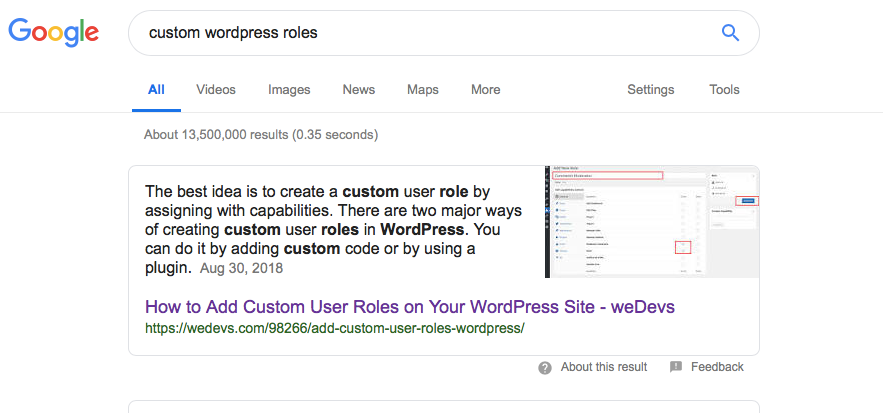Featured snippets—the boxed answers that appear at the top of Google search results—offer a prime opportunity to boost your website’s visibility and drive organic traffic. Achieving this coveted “position zero” requires a strategic approach grounded in SEO best practices. This comprehensive guide outlines actionable steps, supported by data and real-world examples, to help your content earn a featured snippet.
What Is a Featured Snippet?
A featured snippet is a concise summary of an answer to a user’s query, displayed at the top of Google’s search results. It aims to provide users with quick, direct answers without the need to click through to a website. Featured snippets can significantly enhance your site’s visibility and click-through rates.

Types of Featured Snippets
Understanding the different formats of featured snippets can help tailor your content accordingly:
- Paragraph Snippets: Provide a brief answer in a few sentences.
- List Snippets: Display information in a numbered or bulleted list.
Table Snippets: Show data in a tabular format.
Video Snippets: Feature a video that answers the user’s query.
Steps to Optimize Your Content for Featured Snippets
1. Identify Snippet Opportunities
Use keyword research tools like Ahrefs or SEMrush to find question-based queries in your niche. Focus on long-tail keywords starting with “how,” “what,” or “why,” as these often trigger featured snippets. Additionally, explore Google’s “People Also Ask” section for related questions.
2. Structure Your Content Effectively
Organize your content using clear headings (H1, H2, H3) that correspond to the questions you’re answering. Place concise answers immediately after the question, ideally within 40-60 words for paragraph snippets. For list snippets, use numbered or bulleted lists, and for table snippets, present data in a well-structured table format.
3. Implement Structured Data Markup
Utilize schema markup (e.g., FAQ, HowTo, Table) to help search engines understand your content’s context. This can enhance your chances of being featured, as it provides clear signals about your content’s relevance.
4. Optimize for User Intent
Ensure your content directly addresses the user’s query. Understand the intent behind the search—whether it’s informational, navigational, or transactional—and tailor your content to meet that need. This alignment increases the likelihood of your content being selected for a featured snippet.
5. Enhance Technical SEO
A technically sound website supports featured snippet optimization:
Page Speed: Ensure fast loading times to improve user experience and SEO rankings.
Mobile Optimization: With increasing mobile searches, a responsive design is crucial.
SSL Certification: Secure your site with HTTPS to build trust and favor search rankings.
Content Freshness: Regularly update content to keep it relevant and accurate.
Measuring Success and Continuous Optimization
Track your featured snippet performance using tools like Google Search Console. Monitor metrics such as impressions, clicks, and click-through rates (CTR) for queries where your site appears as a featured snippet. A/B testing different content formats and structures can also provide insights into what works best.
Real-World Example
A digital marketing agency optimized a blog post targeting the query “how to improve website SEO.” They structured the content with an H1 tag containing the question, followed by a concise 50-word answer. Additionally, they included a numbered list of actionable SEO tips and implemented FAQ schema markup. Within weeks, the post earned a featured snippet, leading to a 30% increase in organic traffic.
Conclusion
Securing a featured snippet requires a strategic approach that combines keyword research, content optimization, technical SEO, and continuous monitoring. By aligning your content with user intent and adhering to SEO best practices, you can enhance your chances of appearing in Google’s featured snippets, thereby increasing your site’s visibility and driving more organic traffic.
